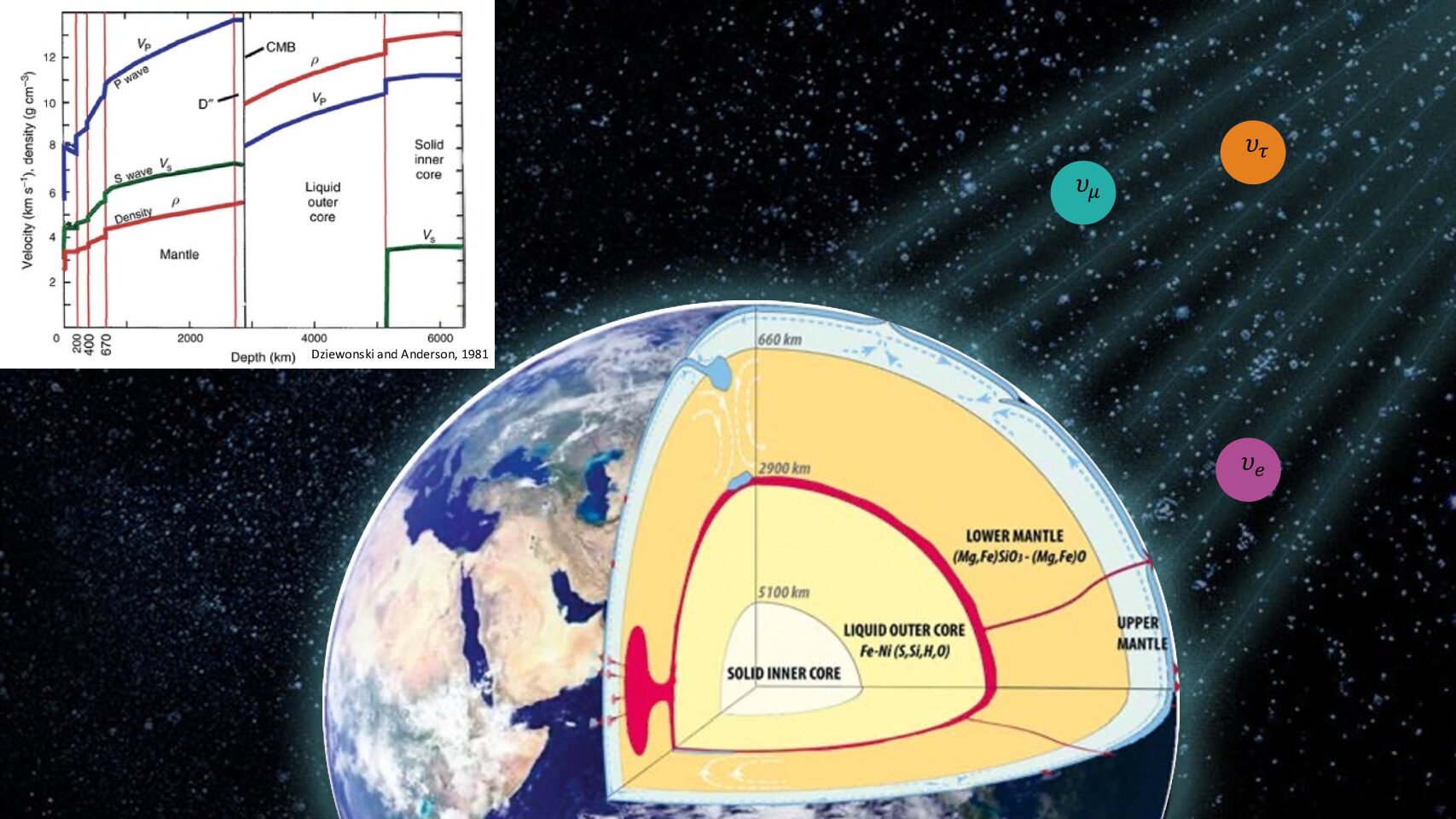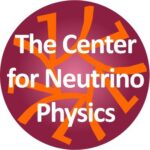Multi-Messenger Tomography of Earth 2022 Workshop

MMTE Workshop: July 30th - 31st,
2022
The Cliff Lodge at Snowbird; Salt Lake City, Utah, United States
MMTE 2022 Mini-Workshop
The idea is to bring together leading experts from the neutrino and geoscience communities to discuss in depth the present status of the field and its future developments. The main aim of this workshop is to explore the role of neutrinos towards the tomography of Earth - complementary to the seismic studies and gravitational measurements - paving the way for multi-messenger tomography of Earth. The huge amount of atmospheric neutrino data that we expect to collect in the next 10 to 15 years using IceCube/IceCube-Gen2, DeepCore and its upgrade, ORCA and ARCA, Hyper-K, DUNE, and INO with its CID capability are going to play an important role in this direction.
Multi-messenger Tomography via Neutrinos
The information about the Earth's interior structure comes from seismic studies and gravitational measurements, but as we go deeper inside the Earth, the innermost layers like the core are still unknown territories with large uncertainties. Due to its weak nature, a neutrino can penetrate through any object and bring information about the bulk, which is not reachable by any other known particle. When neutrinos pass through the Earth, they undergo charged-current weak interactions with ambient electrons inside Earth. This coherent elastic forward scattering gives rise to a matter potential that depends on the electron density in the medium. Since neutrinos can peek into the deepest layers of Earth with the eye of weak interactions, they can be used to explore the internal structure of the Earth.
The well-known Earth's density model, the Preliminary Reference Earth Model (PREM), is obtained by measuring the travel time of seismic waves. Here, the density distribution inside the Earth is estimated from the model-dependent empirical relations having assumptions based on temperature, pressure, composition, and elastic properties of the Earth, which give rise to uncertainties in the PREM profile.
Neutrinos may be used in a way complementary to seismic studies and gravitational measurements, thus starting an era of “multi-messenger tomography” of Earth. Exploring the internal structure of Earth using neutrinos is innovative and complementary to the traditional way. There are several open questions about the interior of our planet:
1. What is the exact location of the core-mantle boundary (CMB).
2. What is the chemical composition of the core.
3. What is the exact density distribution of the Earth, and many more. 4. Is there dark matter present inside the Earth core.
Since neutrinos can peek into the deepest layers of Earth with their weak interactions, they can be used to sense the amount of baryonic matter present inside the core. If the baryonic matter observed by neutrinos is found to be less than the expected mass from gravitational measurement, we can attribute the difference to the presence of dark matter inside the core. Atmospheric neutrinos offer the possibility of probing dark matter inside the core of the Earth in a unique way through Earth matter effects in neutrino oscillations.
List of Speakers for MMTE 2022
- Edward Kearns (Physics Dept., Boston University)
- Francis Halzen (WIPAC & Physics Dept., University of Wisconsin-Madison)
- Vedran Lekic (Dept. of Geology, University of Maryland)
- Kei Hirose (Earth-Life Science Institute, Tokyo Institute of Technology)
- Andrea Serafini (Dept. of Physics & Astronomy, Univ. of Padova; INFN, Padova)
- Takashi Nakagawa (Hiroshima University)
- Francis Nimmo (Dept. of Earth & Planetary Sciences, Univ. of California Santa Cruz)
- Andrea Donini (Instituto de Fisica Corpuscular, University of Valencia)
- Wenzhong Wang (Carnegie Institution for Science, Washington & Univ. College London, London)
- Akimichi Taketa (Earthquake Research Institute, Univ. of Tokyo, Japan)
- Kotoyo Hoshina (WIPAC and Physics Dept., University of Wisconsin-Madison)
- Joao Coelho (AstroParticule et Cosmologie (APC), Paris, France)
- Anil Kumar (DESY Zeuthen, Germany)
- Rebekah Pestes (Physics Dept., Virginia Tech)
- Sanjib Kumar Agarwalla (Institute of Physics, Bhubaneswar; WIPAC and Physics Dept., University of Wisconsin-Madison)
- Bill McDonough (University of Maryland)
- Keith D. Koper (University of Utah)
- Mingming Li (Arizona State University)
- Mike Thorne (University of Utah)
- Serguey Petcov (SISSA)
- Ivan Martinez-Soler (Harvard University)
Supporting Institutions and Organizations




